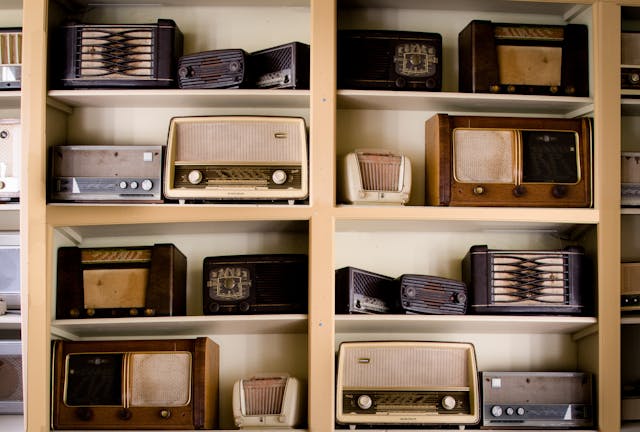The discovery of electromagnetic waves by scientists like Heinrich Hertz laid the foundation for the development of radio technology. These invisible waves became the medium for transmitting sound over long distances.
Italian inventor Guglielmo Marconi made history with the first successful long-distance radio transmission in 1901. His pioneering work led to the establishment of the first commercial wireless telegraphy stations, revolutionizing communication across the globe.
Following Marconi’s success, early radio enthusiasts experimented with wireless communication, paving the way for the establishment of the first radio stations. These amateur radio operators played a crucial role in the evolution of radio technology.
The Evolution of Radio Technology
The early 1920s saw the emergence of dedicated radio stations, broadcasting news, music, and entertainment to a growing audience. Radio became a powerful medium for mass communication and advertising, shaping popular culture.
With the rise of commercial broadcasting, radio stations began to air sponsored programs and advertisements, leading to the monetization of the medium. The introduction of network radio further expanded the reach of radio programming.
During World War II, radio played a pivotal role in disseminating news and propaganda. Radio broadcasts were used to boost morale, communicate wartime strategies, and mobilize public support for the war effort.
Radio Programming Through the Decades
The 1930s and 1940s marked the golden age of radio, with popular programs like “The War of the Worlds” and “The Lone Ranger” captivating audiences across the nation. Radio dramas, variety shows, and live performances became staples of the era.
The advent of FM radio in the 1960s introduced improved sound quality and stereo broadcasting, offering listeners a new listening experience. FM stations revolutionized music programming, catering to diverse tastes and genres.
The rise of television in the mid-20th century posed a challenge to radio broadcasting, leading to changes in programming and format. Radio adapted by focusing on music, talk shows, and niche programming to retain its audience.

Technological Advances in Radio Broadcasting
The invention of transistors in the 1950s revolutionized radio technology, making devices smaller, more energy-efficient, and portable. Transistors replaced vacuum tubes, leading to the development of transistor radios and portable receivers.
The transition to digital broadcasting in the 21st century enhanced sound quality and expanded programming options for listeners. Satellite radio services like SiriusXM offered nationwide coverage and a wide variety of channels, transforming the radio landscape.
The rise of online streaming platforms and podcasts has further diversified the radio ecosystem, allowing listeners to access content anytime, anywhere. Streaming services like Spotify and Apple Music have reshaped the way we consume audio content.
Future of Radio Broadcasting
The eventual fate of radio telecom is set to be changed by the joining of brilliant gadgets, computer based intelligence, and mechanization. With the ascent of shrewd speakers and voice colleagues, radio broadcasts can now contact a more extensive crowd through these gadgets. This combination considers a more customized and intuitive listening experience, as audience members can without much of a stretch access their #1 stations and projects through voice orders.
Additionally, the utilization of simulated intelligence and mechanization in radio telecom will significantly improve the effectiveness and nature of content. Man-made intelligence controlled calculations can investigate audience information and inclinations to arrange custom-made playlists and recommend pertinent substance. Computerization will likewise smooth out the creation cycle, taking into account quicker and more exact conveyance of information and music.
Notwithstanding mechanical progressions, supportability and green radio will likewise assume a huge part in store for radio telecom. With the rising spotlight on natural protection, radio broadcasts are taking on eco-accommodating practices, for example, utilizing environmentally friendly power sources and diminishing their carbon impression.
In general, the fate of radio telecom looks encouraging with the mix of brilliant gadgets, artificial intelligence, and mechanization, as well as a pledge to manageability and green practices. These improvements won’t just upgrade the listening experience yet additionally add to an all the more naturally cognizant industry.


